In the world, animals are valued by almost all, but humans are the main threat to their life. Not only is every single species on this list rare, but also threatened with extinction or “only” endangered. The low population of these rare species is largely due to human activity causing habitat destruction, hunting, or accidental death. Although some of these species have been bred successfully by conservationists, others are not so fortunate and are on the verge of total extinction.
Black-footed Ferret
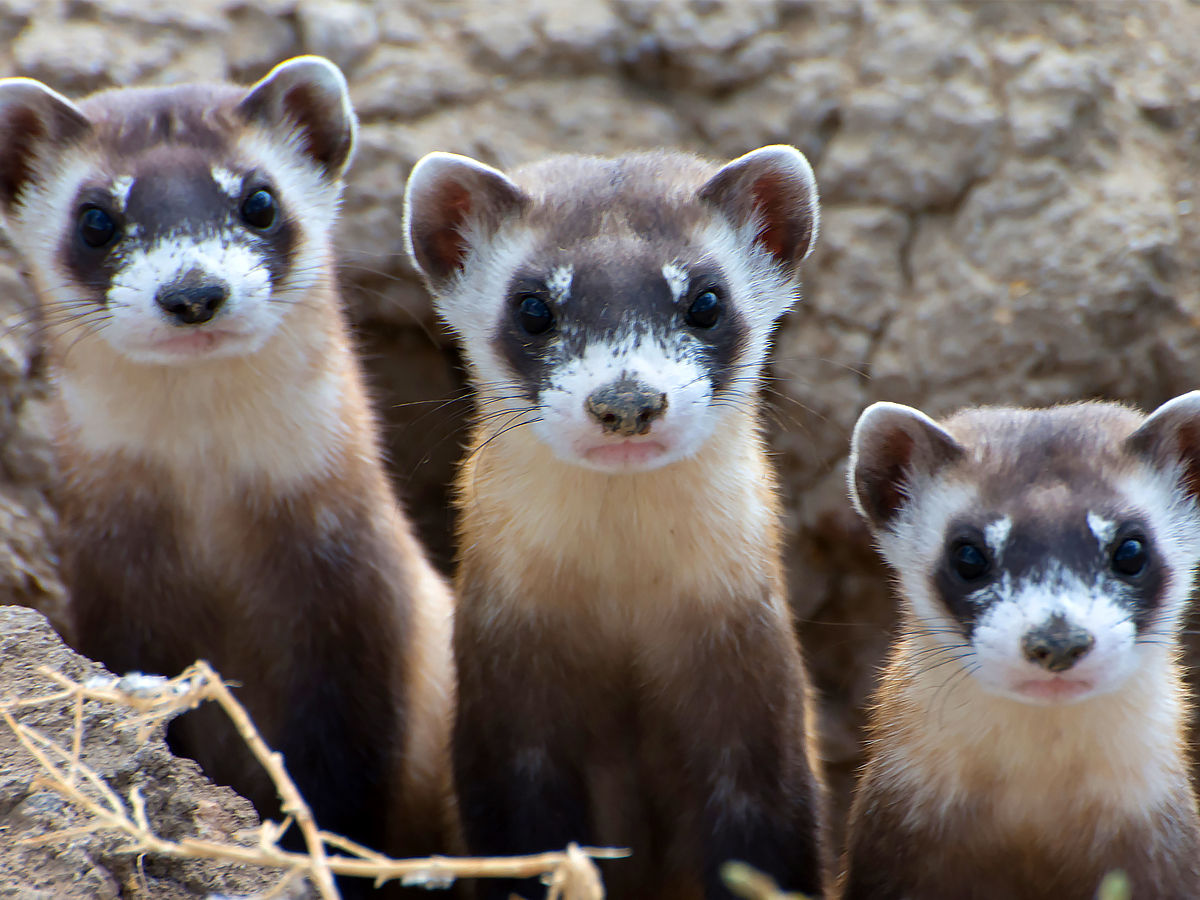
As the species has recovered from extinction status twice by the work of conservationists, the Black-footed Ferret is also touted as a conservation success story. The Black-footed Ferret was originally native to North America’s Great Plains and ranged from southern Canada to northern Mexico. Throughout the 20th century, however, the population of the Black-footed Ferret decreased dramatically and was declared extinct in 1979. A few years later, in 1981, a shepherd in Wyoming found the Black-footed Ferret again. It was only until 1987 that the remaining species survived and the Black-footed Ferret was again extinct in the wild. Since then, the United States Fish and Wildlife Service has initiated a captive breeding programme, and over the last two decades, thousands of Black-footed Ferrets have been re-released in Arizona, Wyoming, South Dakota, and Montana. Although the initiative was largely a success, recent changes only placed the wild population of Black-footed Ferret between 300 and 400.
Amur Leopard
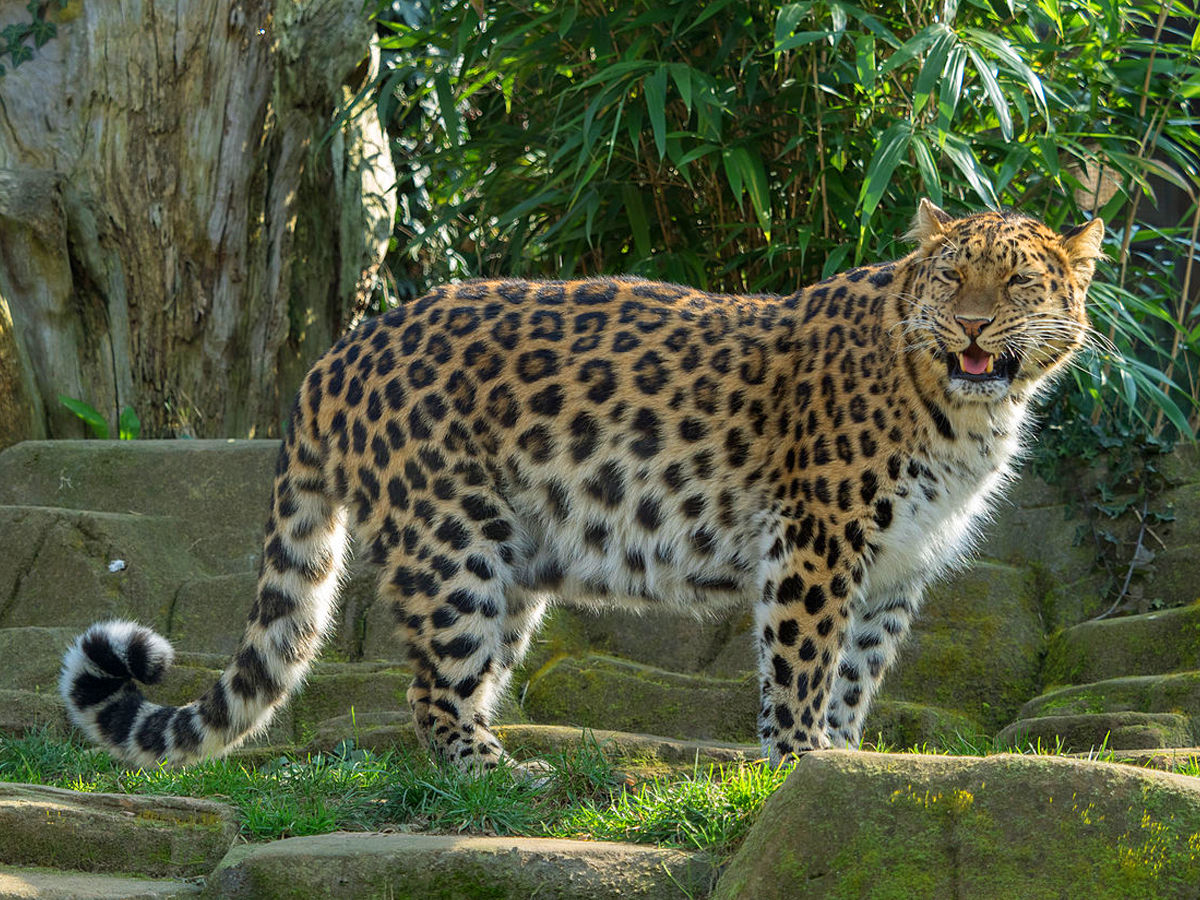
Although there are many large cat species facing dwindling numbers around the world, the Amur Leopard is one of the rarest and most vulnerable. Less than 100 individuals (about 84 to be more precise) are known to be left in the wild. The Amur Leopards exist mainly in eastern Russia’s Amur River valley, with a few scattered in the northern part of China.
Amur Leopards have comparatively long lifespans, surviving in the wild for about 10 to 15 years and in captivity for 20 + years. Unfortunately, the Amur Leopard population, like all the species on this list, faces many challenges, including habitat loss, illegal hunting, human disputes, and a lack of genetic diversity. Because there are very few Amur Leopards remaining, there is a lot of inbreeding, resulting in poorer offspring.
Philippine Crocodile
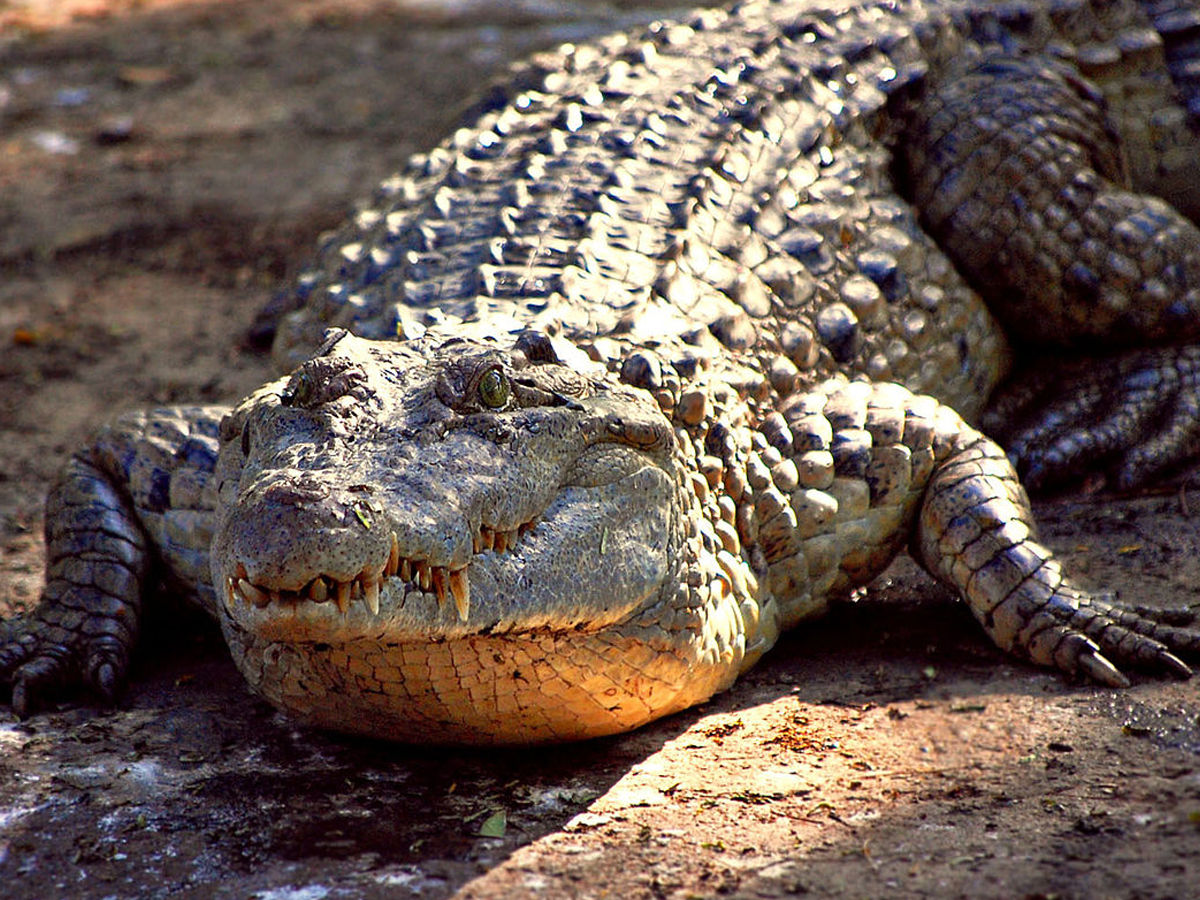
The Philippine Crocodile, with less than 100 remaining in the wild and a few in captivity, is known to be the most endangered crocodile species in the world. The Philippine Crocodile has been found throughout the island nation in the past but is currently only found in small, fragmented habitats on the Dalupiri, Luzon, and Mindanao islands. Hunting and habitat loss have seriously affected the Philippine Crocodile population. Public opinion is another factor hurting the Philippine Crocodile. The crocodiles were branded by the local people as man killers/eaters and were slaughtered for this adverse perception. Conservationists have worked to shift public opinion in recent years, and have successfully bred and released Philippine crocodiles into protected habitat sites.
Vaquita
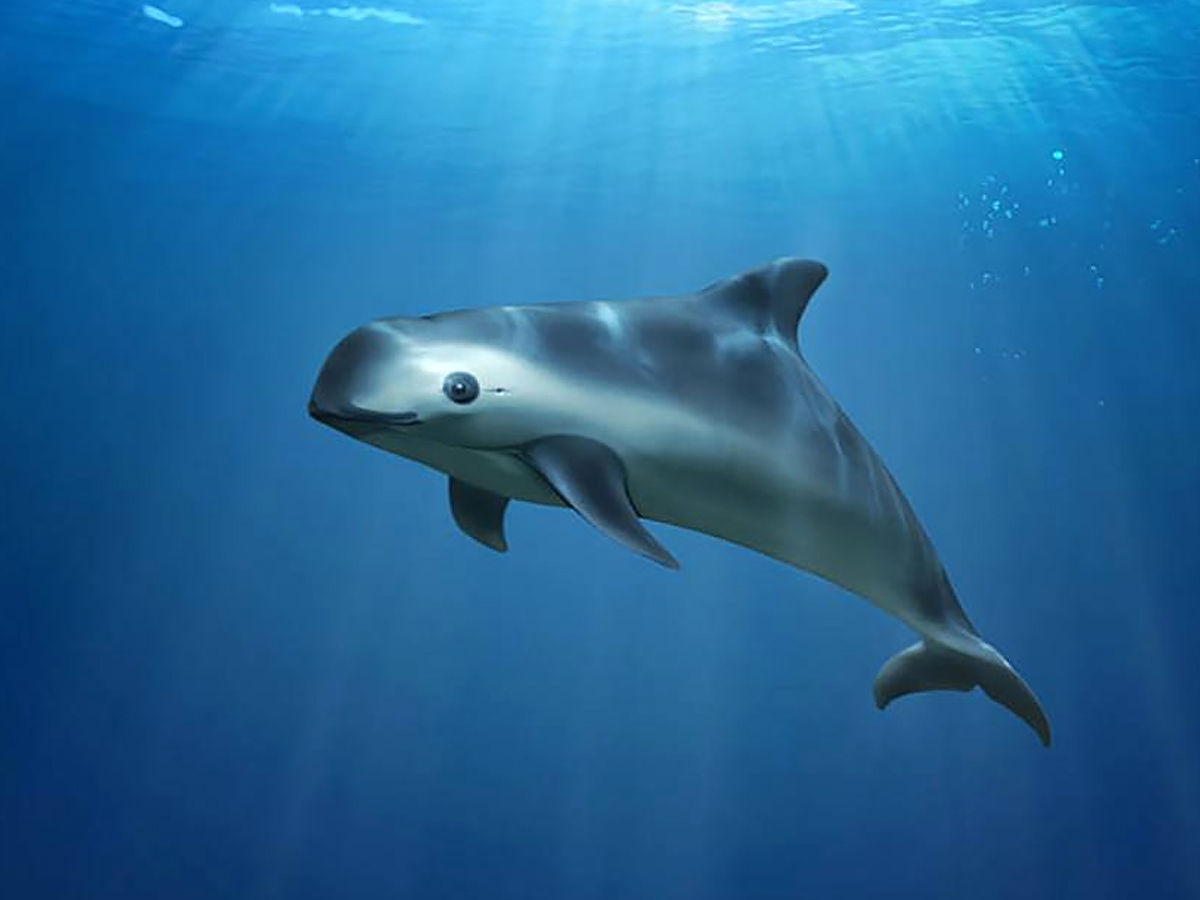
The Vaquita is actually the world’s rarest and potentially most endangered species, with just about 10 individuals remaining in the wild. The estimation comes from a study released by the IUCN in early 2019 that reported that, according to an acoustic monitoring programme undertaken in the Gulf, only around 10 vaquitas remained alive in 2018, although there is a 95 per cent probability that they number between 6 and 22. Since the first discovery of the Vaquita in 1958, its numbers have always been very tiny. Vaquitas are the smallest porpoise species and are easily captured in gillnets used by illegal fishing activities (networks that capture fish from their gills). Vaquitas also have only a limited population that they are only located in the northern portion of the Gulf of California, one part of the country. In addition, Vaquita is not in captivity and there is currently no active breeding programme to help recover their numbers.
The Pangolin
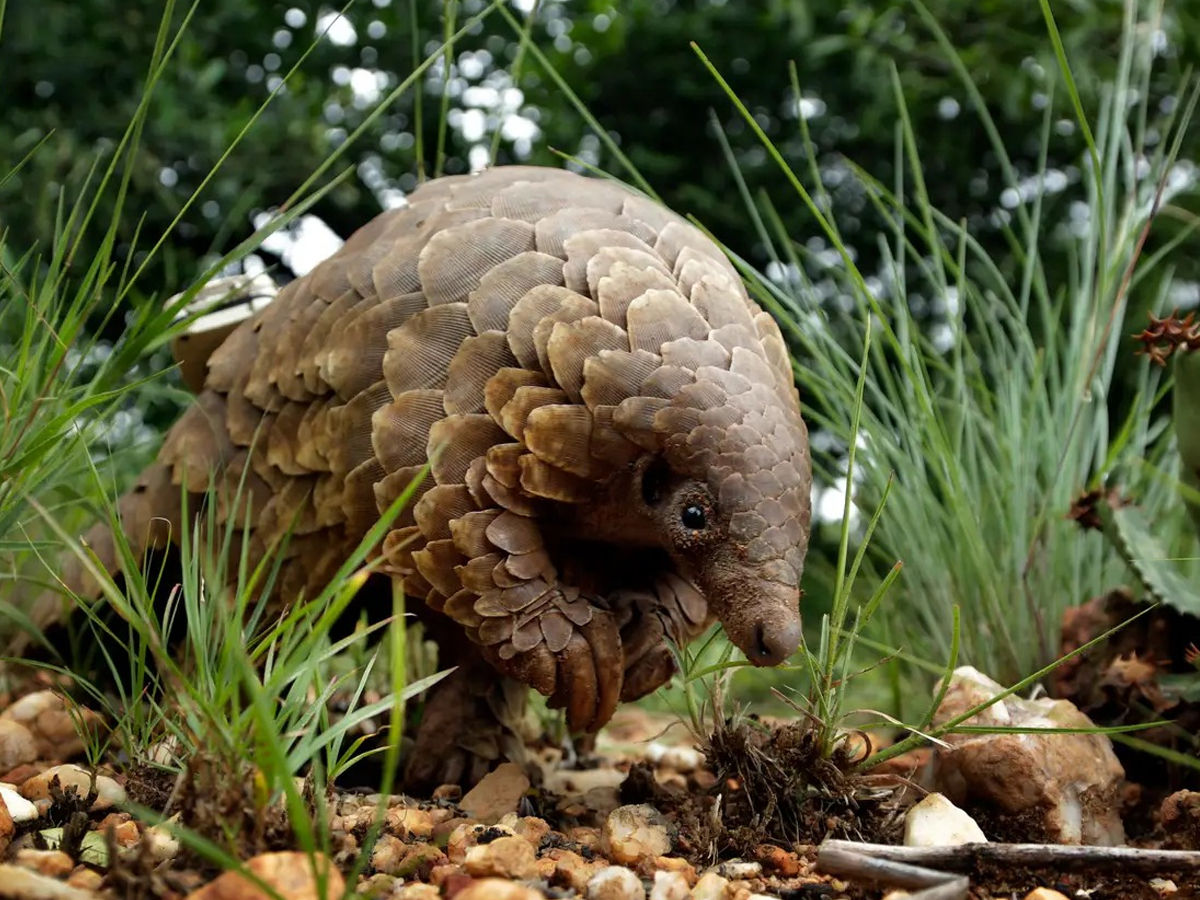
“All four Asian species of pangolin are currently classified as vulnerable or critically endangered” because of their status as a delicacy in China and Vietnam, and the assumption that their scales have medicinal properties, says Ian Britton, who works for REST Namibia in animal rescue in Namibia and runs Pangolin & Co. From Instagram. “Furthermore, he warns, the four populations of African pangolin are still” running rapidly in that direction “(meaning critically endangered). It is sad that the pangolin retains the title as the world’s most trafficked species for its distinctive appearance and scales made of keratin-yes, the same keratin that people pay big bucks at the hair salon for.
Saola
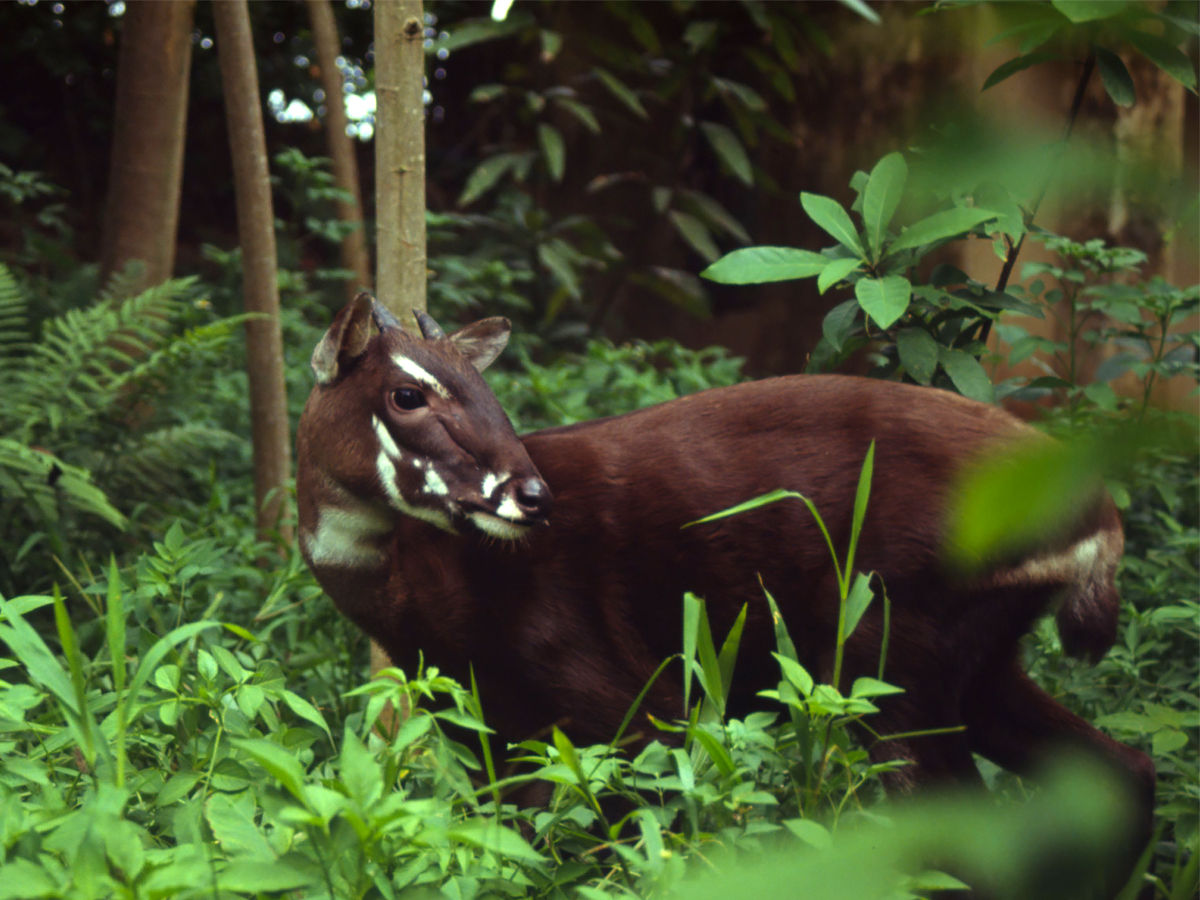
Native to Laos and Vietnam, this animal is so rare that scientists have only seen it four times in the wild. Because of the two horns on its head and white stripes on its forehead, it’s often named the Asian Unicorn. Saolas, though they sound a bit more like antelopes, are cousins to cattle. The principal factors contributing to Saola’s risk of extinction are poaching and human loss of their natural habitat.
























